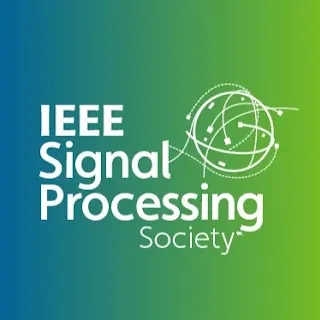Wideband Sensor Resource Allocation for Extended Target Tracking and Classification
Communication base stations can achieve high-precision tracking and accurate classification for multiple extended targets in the context of integrated communication and sensing by transmitting wideband signal. However, the time resources of the base stations are often limited. In the time-division operation mode, part of the time resources must be reserved to guarantee communication performance, while the rest of the resources must be properly allocated for better multi-target sensing performance.
